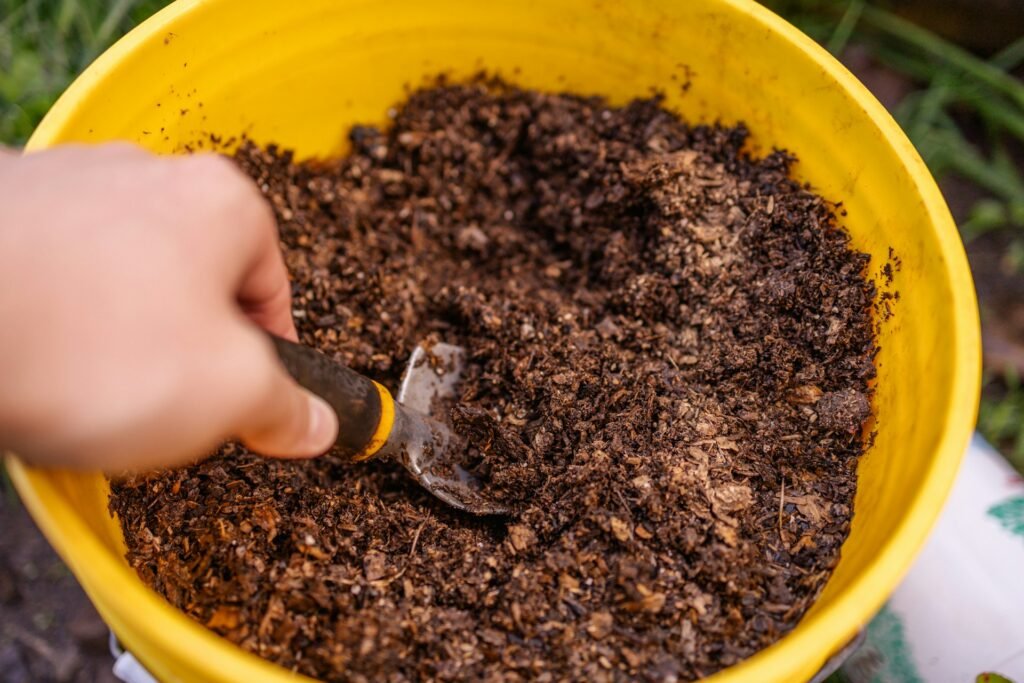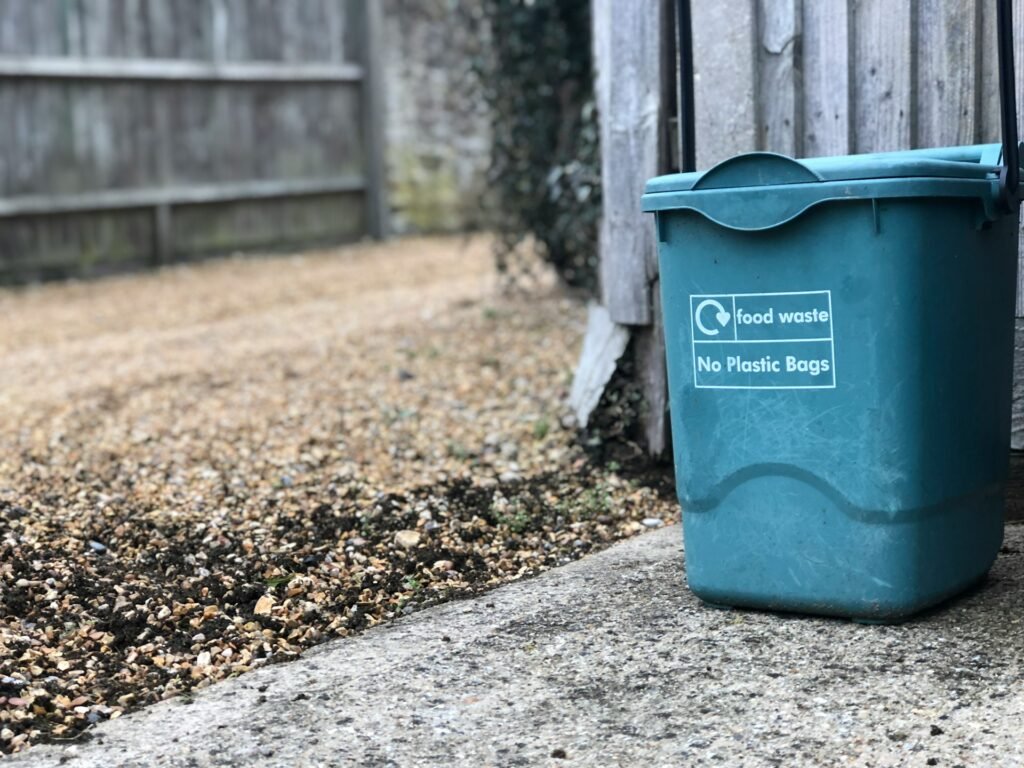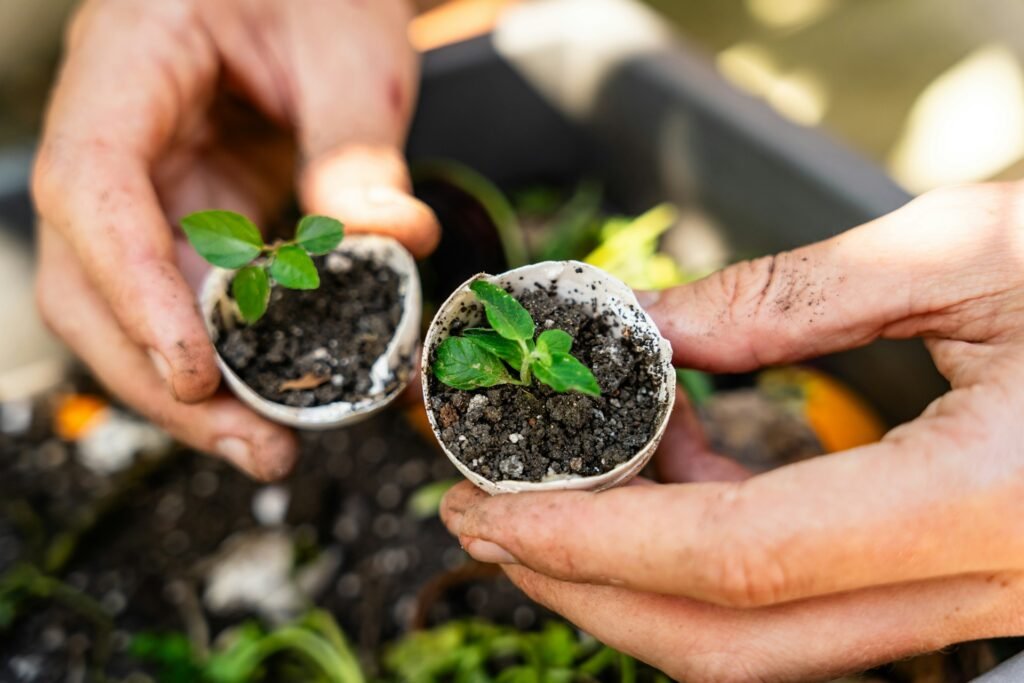The journey from food waste to usable compost can range from a couple of months to over a year, depending on several factors. Indoor composting methods, utilizing specialized bins, can hasten this transformation, producing compost in as little as a few weeks. In contrast, traditional outdoor composting generally takes longer, with the natural breakdown of organic materials requiring patience as they morph into garden-worthy compost.
Several elements are central in the timeline, such as the balance of ingredients, climate conditions, and maintenance practices. Knowledge and attention to these factors can significantly improve the efficiency of both indoor and outdoor composting efforts.
The Anatomy of Composting: Understanding the Basics
Composting is a natural process where organic materials break down into a humus-like substance, thanks to the relentless work of microorganisms. The decomposition process depends on maintaining optimal moisture levels, as too much or too little can hinder microbial activity. A successful composting operation relies on the right mix of green and brown materials, ensuring a balanced nutrient profile and effective breakdown.
Defining Compost Maturity: When Is Compost Truly Finished?
Compost maturity is key to a successful end product, characterized by a dark color and crumbly soil structure. Mature compost should be free of any foul odors, with the original materials no longer recognizable. The compost must stabilize before application, as premature use can harm plant growth and soil health.
The Difference Between Hot and Cold Composting Methods
Hot composting is an accelerated method that can yield usable compost in as little as a few months, while cold composting, a slower process, often takes a year or more. The key to hot composting is maintaining high temperatures by regularly turning the bin or compost pile, which speeds up microbial activity. Cold composting, conversely, relies on the ambient microbial activity that occurs at a lower, more natural pace.

Factors Determining the Duration of Composting
The time it takes to create usable compost is influenced by factors like the chosen method, with cold composting typically requiring a longer duration than hot techniques.
Role of Temperature in Compost Maturation
Temperature plays a vital role in breaking down organic waste into compost. High temperatures accelerate microbial activity, speeding up decomposition, while cooler temperatures slow the process, requiring more time for the waste to mature into compost.
Green vs Brown Materials: Balancing the Compost Equation
For effective decomposition, a compost pile should have a blend of green and brown materials. Green materials, like tea bags and coffee grounds, provide nitrogen, while brown materials, such as shredded cardboard, supply carbon. This balance is crucial for the microorganisms that break down the waste and speed up the process.
Compost Volume and Size: How They Impact the Breakdown Speed
Larger volumes of compost can retain heat better, which helps to speed up the process. Conversely, smaller piles may cool down more quickly, slowing the decomposition. The size of the compost pile directly impacts how quickly it will break down and mature.
Moisture Content: The Water Balance in Effective Composting
The right moisture content is essential for creating usable compost. Too much water can create anaerobic conditions and hinder decomposition, while too little can dry out the pile and slow the process. A balance must be struck to maintain optimal decomposition rates.
Particle Size: The Impact of Chopping and Shredding on Decomposition
Chopping and shredding organic materials into smaller pieces can dramatically speed up the composting process. Smaller particles provide more surface area for microbes to work on, facilitating quicker decomposition.
Accelerating the Composting Process: Practical Guidelines
Several techniques can speed up the process of composting, including proper aeration, moisture management, and maintaining the correct balance of materials within the compost pile.
Aeration Techniques: Why Turning Your Compost Matters
Incorporating shredded paper into a compost pile and regularly turning it can speed up the composting process. Aeration introduces oxygen, which is vital for aerobic bacteria to thrive and break down materials efficiently.
Compost Activators and Inoculants: Shortcuts to Richer Compost
Using compost activators and inoculants can enhance the microbial environment within compost bins, turning compost into an essential soil amendment. When compost piles are turned regularly, they break down kitchen scraps and other materials more effectively. Additions like earthworms from a worm farm can further enrich the compost, which, when finished, exhibits a rich brown color and is ideal for use as a garden dressing or mulch. Properly managing moisture content in backyard composting ensures a healthy compost system.
The Role of Earthworms and Microorganisms in Faster Composting
Earthworms and beneficial microorganisms play a pivotal role in breaking down organic matter, transforming it into nutrient-rich compost more rapidly.

Technology and Tools to Speed Up Composting
Modern composting tools and technology can significantly speed up the process, turning organic waste into compost faster than traditional methods.
Compost Tumblers: Are They Faster?
Compost tumblers are marketed for their efficiency, claiming to speed up the composting process significantly. By containing organic waste in a rotating bin, tumblers maintain consistent aeration and mixing, leading to faster decomposition. While traditional piles may take months to mature, tumblers can produce compost in as little as a few weeks, depending on the conditions and materials used.
The Lomi Composter: A Modern Solution for Speedy Composting
The Lomi Composter represents a leap in composting technology, designed to speed up the process of turning kitchen scraps into nutrient-rich soil. This compact, electric composter breaks down organic waste quickly through mechanical action and heating, allowing users to enjoy fresh compost in a fraction of the time it takes traditional methods.
How to Identify Ready-to-Use Compost
Identifying mature compost involves assessing its transformation from recognizable organic waste to a dark, crumbly substance that enriches the soil. It should have an earthy smell and no remnants of the original materials, signifying that it is ready to support plant growth without the risk of damaging roots or inhibiting seed germination.
Visual and Tactile Indicators of Compost Readiness
Compost readiness can be gauged through visual and tactile examination. Ready compost will have a uniform dark color, devoid of any discernible pieces of organic waste. It feels like a moist, well-wrung-out sponge, crumbles easily in your hands, and should have a pleasant, earthy aroma indicative of rich humus.
The Importance of a Curing Period for High-Quality Compost
After the active composting phase, a curing period is essential for the organic waste to stabilize and mature into high-quality compost. This phase can last from a few weeks to several months, allowing microbial activity to complete and nutrients to become fully available for plants, ensuring the compost provides maximum benefit when applied to the garden.
Troubleshooting Compost Challenges
Composting can sometimes be a trial-and-error process, necessitating adjustments to achieve the desired results. Whether dealing with odors, pests, or imbalances in temperature and moisture, being observant and responsive to the compost pile’s needs will lead to a more successful outcome.
Unpleasant odors and pests are usually signs of an imbalance in the compost pile. To prevent and manage these issues, ensure a proper balance of green and brown materials, maintain adequate aeration, and keep the pile at an appropriate moisture level, similar to a damp sponge but not soggy.
Optimal Strategies for Different Composting Systems
Different composting strategies can be tailored to fit various needs and environments. From traditional heaps to innovative compost tumblers, each method has its own set of best practices and considerations, including space, climate, and the amount of organic waste generated.
The Berkley Method: Revolutionary Two-Week Compost?
The Berkley Method is a hot composting technique that claims to produce compost in as little as two weeks. By carefully managing the ratio of greens and browns, ensuring adequate moisture, and frequently turning the pile to build a pile with sufficient mass and insulation, this method can significantly accelerate the composting process.
Comparing Indoor and Outdoor Composting Benefits
Indoor composting methods, like bokashi and electric composters, offer convenience and speed, ideal for those with limited outdoor space. Outdoor composting, on the other hand, can handle larger volumes of garden debris and relies on natural processes facilitated by Mother Nature, often producing more compost over time.

The Harmony of Time and Quality in Composting
Striking a balance between the time it takes to compost and the quality of the finished product is key. The duration of the compost process varies widely among systems. Traditional composting with worms, or worm composting, can take several months, while hot composting methods or advanced composting systems can reduce this time significantly. Each approach, from garden debris to kitchen scraps, is influenced by factors like temperature, aeration, and moisture.
Finding the sweet spot between speed and quality in compost production involves making choices. While autumn leaves may decompose slowly, adding nitrogen-rich materials can accelerate the process. However, certain materials, like dog waste, should be avoided due to potential pathogens. Selecting the right balance for your pile or bin is crucial.


